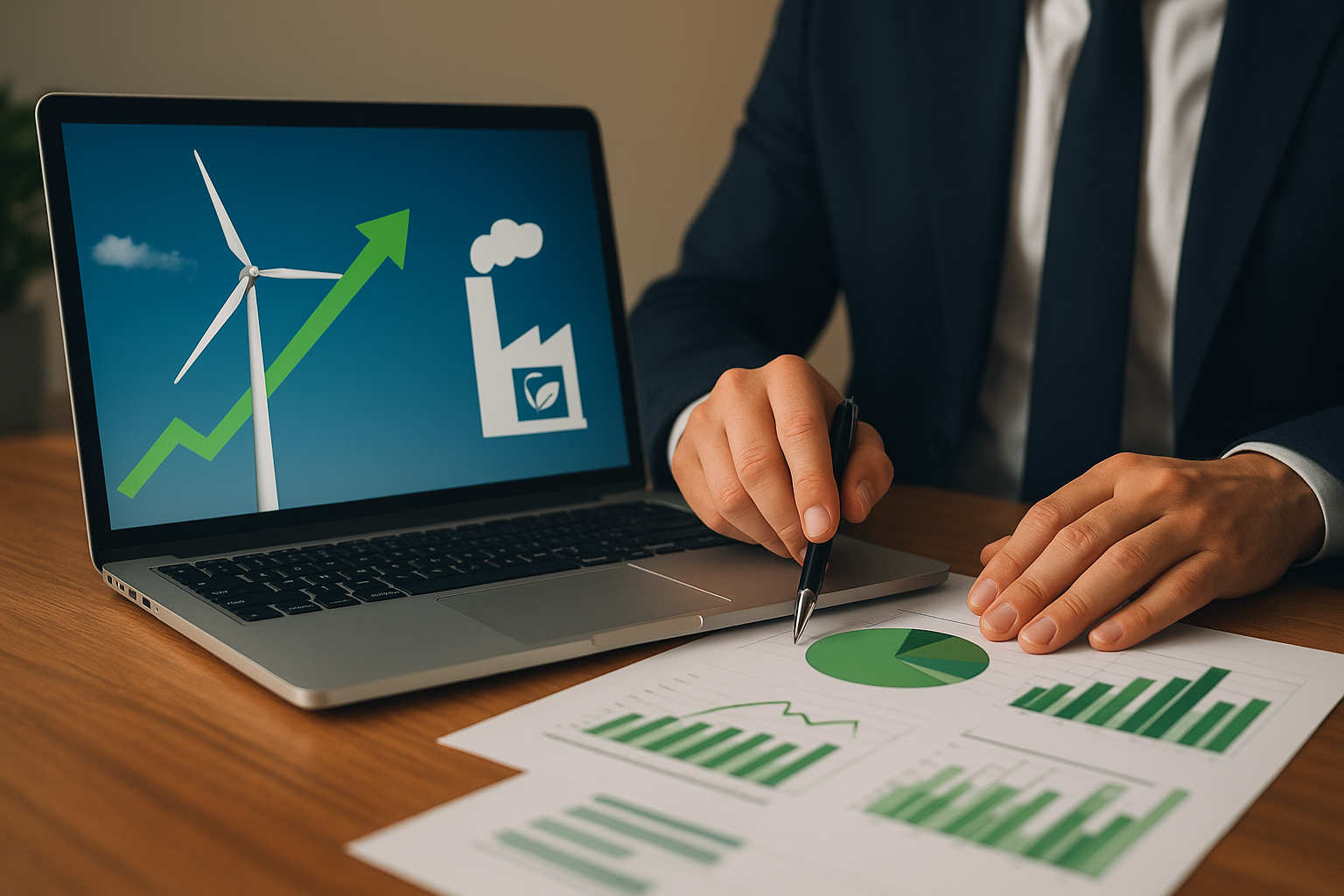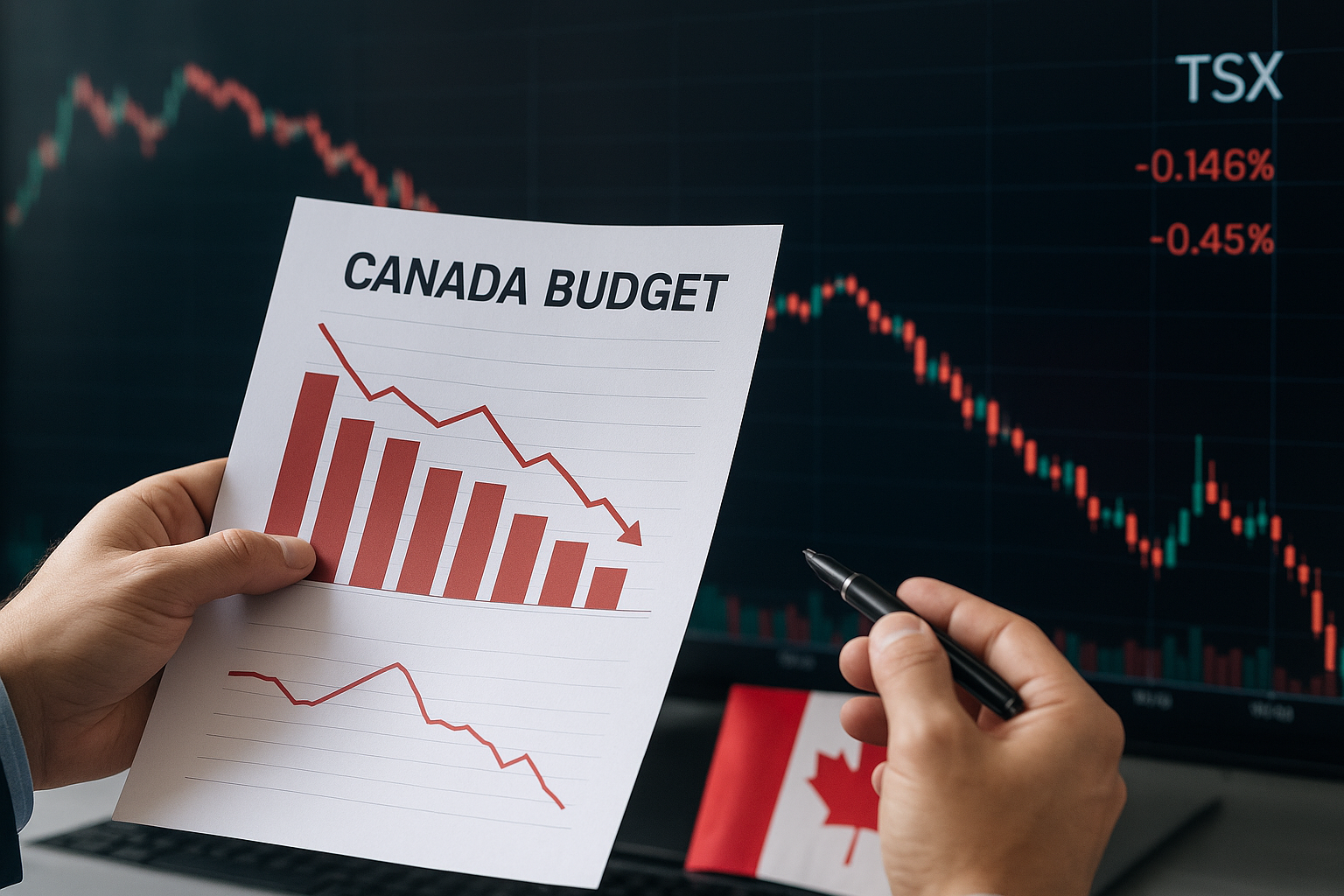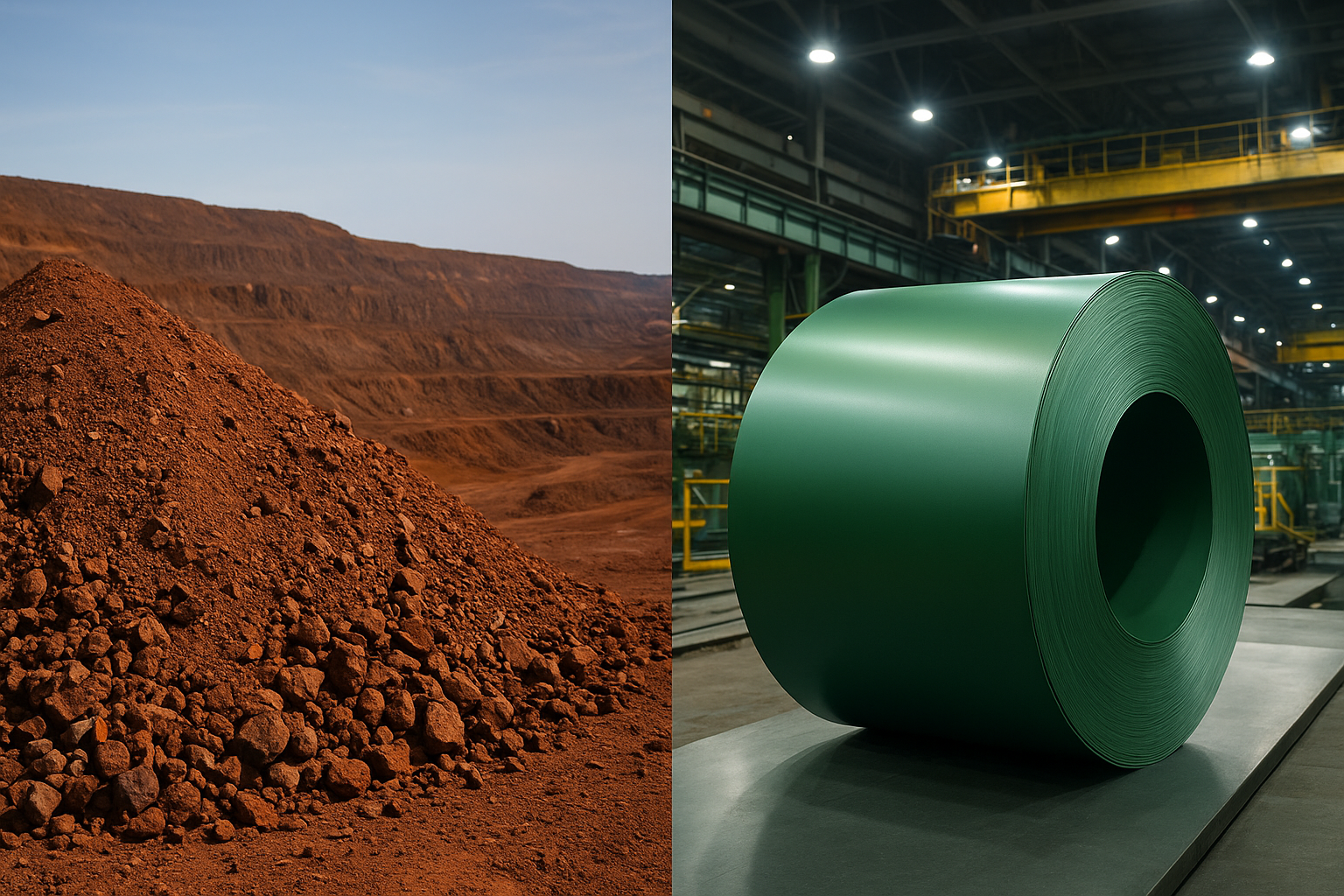Global climate finance has crossed a historic threshold. The Climate Bonds Initiative (CBI) and Principles for Responsible Investment (PRI) report that more than $4.4 trillion in sustainable finance commitments have now progressed from pledges to actionable projects, marking a crucial inflection point for the clean economy. For investors, this signals the transition of climate finance from rhetoric to real capital allocation—an era where capital efficiency, policy alignment, and project execution will determine the next generation of industrial winners.
Climate Commitments Turn Into Capital Flows
For years, climate finance was dominated by lofty targets and vague timelines. Now, the numbers are catching up. According to CBI’s latest update, over $1.1 trillion of green bonds and $2.3 trillion in sustainability-linked loans are currently active in global markets, with an accelerating share directed toward infrastructure and energy transition projects.
What makes this moment different, analysts say, is that the capital pipeline is no longer theoretical. “We are seeing unprecedented conversion of climate pledges into project finance,” said Sean Kidney, CEO of Climate Bonds Initiative. “The tipping point has arrived—the market is moving from talk to transaction.”
Recent data from the International Energy Agency (IEA) supports this trend: global investment in clean energy technologies—including solar, wind, storage, and electric mobility—will reach $2 trillion in 2025, doubling the total from just five years ago.
Why This Matters for Investors
The move from promises to projects creates structural momentum across several emerging industries. For investors, it means the climate transition is no longer a niche thematic play—it’s becoming a central pillar of global industrial policy.
1. Clean Tech and Renewables:
Governments from the U.S. to India are rolling out tax credits and grants that make renewable projects more bankable. The U.S. Inflation Reduction Act (IRA) alone has triggered $220 billion in announced investments across solar, hydrogen, and EV supply chains since 2023, according to BloombergNEF.
2. Transition Minerals and Critical Metals:
As the world electrifies, demand for lithium, nickel, and copper continues to outstrip supply. The World Bank estimates that achieving net-zero targets could require a fourfold increase in these minerals by 2040. Mining companies with sustainable extraction models—particularly in Australia, Chile, and Canada—stand to gain from this new wave of climate-aligned funding.
3. Green Infrastructure and Utilities:
Capital is increasingly targeting “hard-to-abate” sectors—cement, steel, shipping—where decarbonization technologies are advancing fast. Investors are also watching emerging infrastructure asset classes such as carbon capture hubs and hydrogen pipelines, which could define the next decade of industrial growth.
From ESG to ROI: A New Era of Climate Investing
For much of the past decade, ESG investing was driven by values rather than returns. That narrative is evolving. Institutional investors are now approaching climate finance as a growth engine rather than a compliance exercise.
BlackRock’s latest Sustainable Investment Outlook notes that climate-related projects have “outperformed traditional infrastructure assets by 18% in risk-adjusted returns” over the past three years. The transition from ESG-driven branding to performance-driven investment is reshaping portfolio construction across global funds.
Moreover, governments are de-risking capital deployment through public-private models. The European Union’s Green Industrial Plan and Japan’s GX Fund are examples of sovereign frameworks designed to catalyze private investment by guaranteeing baseline returns.
Challenges and Risks Ahead
Despite the optimism, execution remains the biggest hurdle. The World Economic Forum’s 2025 Green Transition Report warns that only 40% of pledged projects currently have secured financing. Bureaucratic delays, shifting regulatory landscapes, and supply-chain constraints—especially in battery manufacturing and critical minerals—pose real risks to investors.
“Investors must separate genuine transition assets from greenwashed narratives,” cautions Morgan Stanley’s Head of Sustainable Research, Jessica Alsford. “We’re in a phase where capital discipline and project viability will decide who thrives in the next decade of decarbonization.”
Key Investment Insight
For investors, the $4.4 trillion tipping point is not just a milestone—it’s an inflection. The climate economy is becoming an investable reality with clear winners in renewable energy, transition minerals, green manufacturing, and infrastructure financing. However, the path forward requires due diligence: identifying credible management teams, regulatory resilience, and tangible growth metrics over buzzwords.
As the flow of capital accelerates, the real alpha will come from those who recognize that sustainability and profitability are no longer separate objectives—they are converging.
The climate-finance revolution is no longer tomorrow’s story; it’s today’s opportunity. For in-depth coverage of global market shifts, emerging industries, and daily investor insights, stay connected with MoneyNews.Today—your trusted guide to the markets that shape the future.





